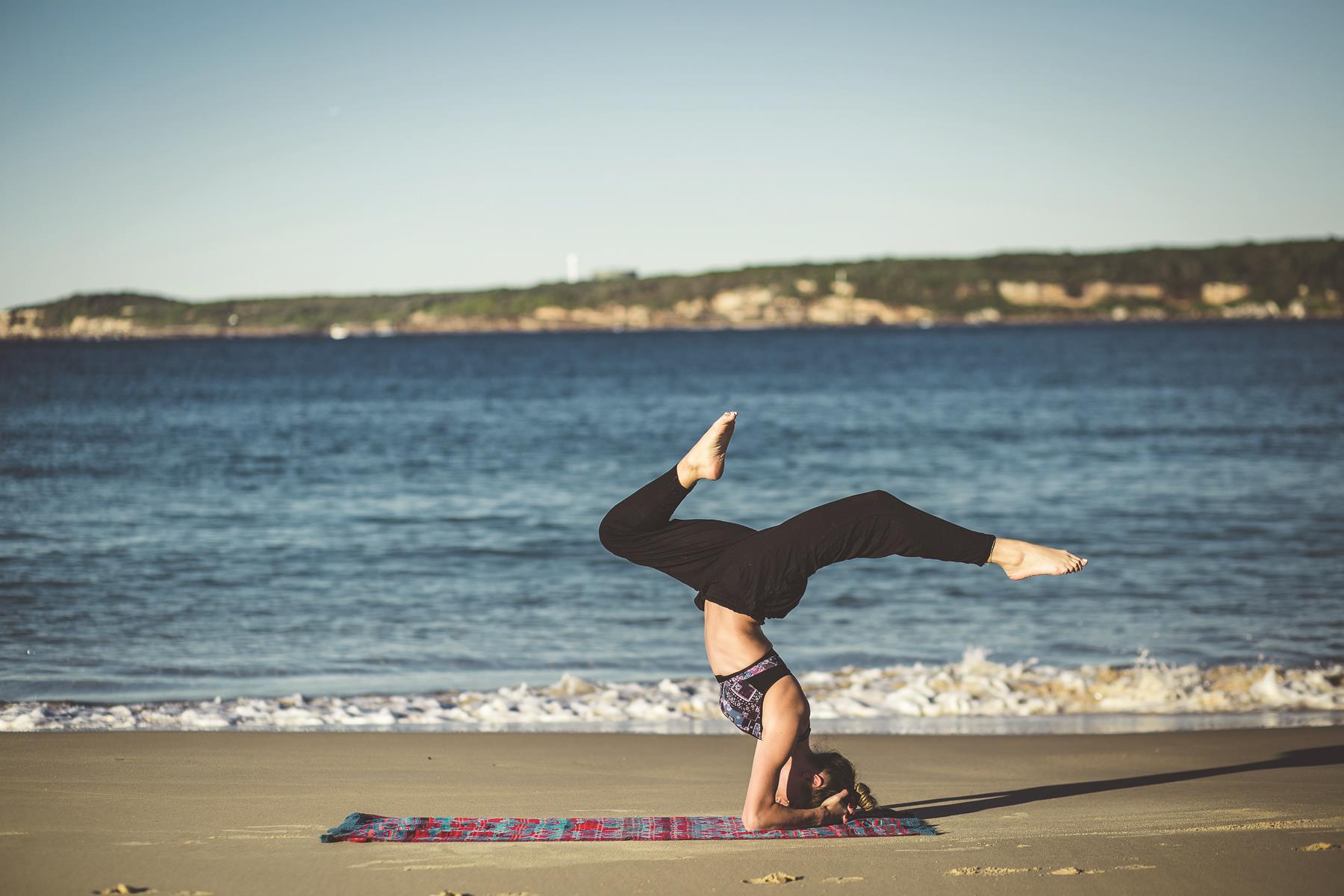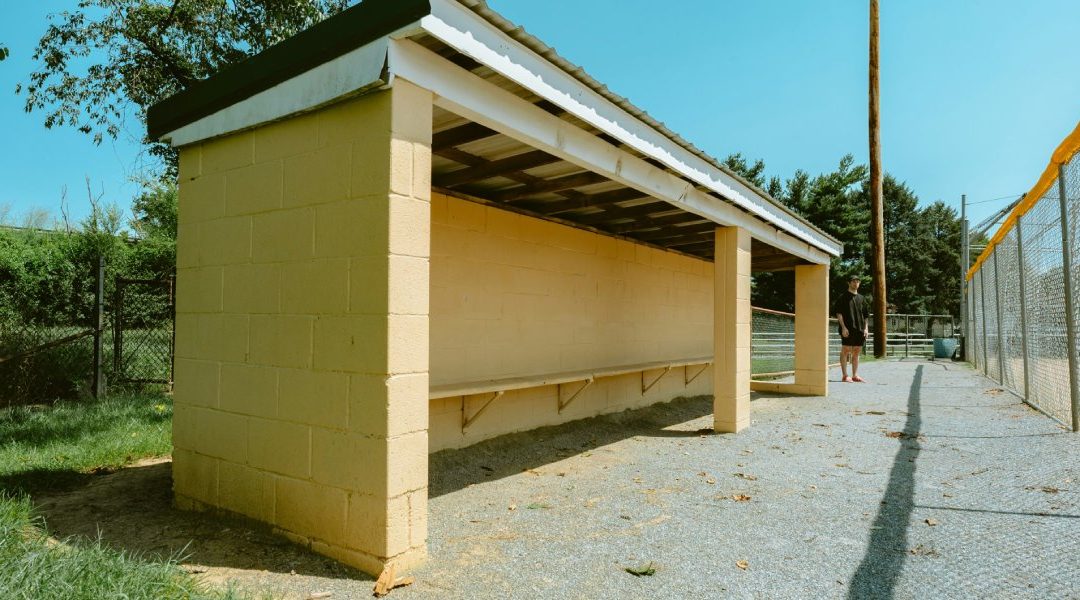These sports are successfully stepping up their efforts to move forward amid COVID-19
The postponement or cancellation of sporting events due to COVID-19 has had a major effect on numerous individuals, communities and sports organizations across the United States. While the country faced uncertainty amid the pandemic, several sports business groups have created innovative solutions, enabling them to maintain some semblance of normalcy.
Getting involved in recreational or competitive activities safely is the main goal for leaders at all levels. With various organizations finding ways to adapt to the new normal, event organizers established their own guidelines that would assist individuals to compete, host or watch events.
FROM SURVIVING TO THRIVING IN GOLF
While many sports placed operations on hold at the beginning of the outbreak, the golf industry bounced back strong, having seen an uptick in demand, with the National Golf Foundation’s report noting clubs across the U.S. have reopened their courses. As courses have stepped up their safety measures, NGF also reported that member courses have flourished due to increased participation, which went up f rom approximately 6 percent in May to 20 percent in August. As 2020 comes to a close, Golf Datatech, a market research firm based in Orlando, reported almost a 26 percent jump in rounds played versus a year ago. Because of the industry’s ability to control physical separation within the social distancing recommendations, local government officials endorsed organizers to reopen courses with precautionary measures on the course.
Randy Ballinger, director of Golf Courses at Walnut Creek Golf Complex in Marion, Indiana, spoke about how his organization instituted guidelines to revive the course and promote safety practices for golfers.
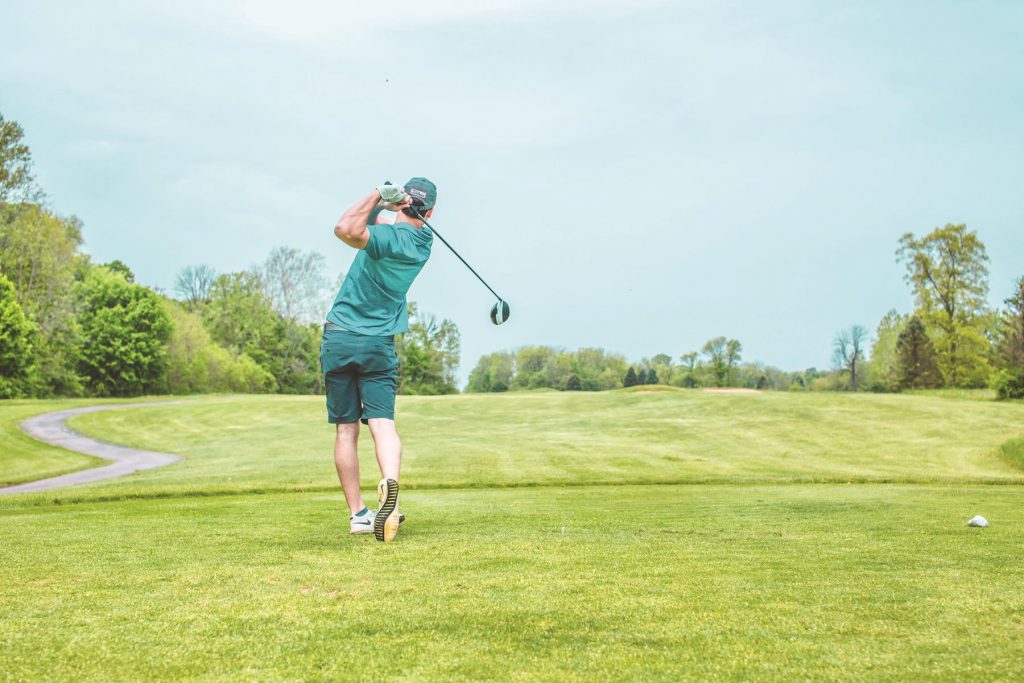
“Our golf packages were pretty slim early on, we are getting some now but we did discourage some packages early because of the uncertainly and because we did not want to bring people into our area from areas where infection rates were bad and where golf courses were forced to close,” Ballinger said. “We were able to open and stay open with specific guidelines from our national association and the Indiana Golf Course Owner Association. We were proactive in writing best practices for opening with safety and the Governor approved with our practices. We have continued these practices.”
Additionally, leading organizations – such as the United States Golf Association, Golf Course Superintendents Association of America, the National Golf Course Owners Association, the PGA of America, the PGA Tour, the LPGA and the Club Managers of Association of America – announced the establishment of Back2Golf, an industrywide program that provides safety recommendations for golfers getting back to the game. These organizations have implemented details of the threephase guidelines for participants to follow.
The industry-supported organization led by example in taking action towards goals and urging participants to follow prevention guidelines for returning to a recreational event safely.
Months after golf organizations resumed operations worldwide, club managers gradually relished its success in reopening. This year, Walnut Creek, hosted a First Tee program that offered youth golf sessions to inspire young athletes to develop more interest and embolden their parents to participate in a recreational and competitive sport. “It was a terrific success. We now have one of the best golf professionals in the state giving lessons this year so that has helped spark more interest in kids and ladies and occasional players,” Ballinger said. “Early on we did space tee times out more and with that and the increased play, online tee times have more than doubled from last year. People are booking online and reserving carts to be sure of being able to ride.” The reopening of businesses that sell golf balls, irons, wedges and gloves for outdoor social distancing recreational activity had already skyrocketed golf equipment sales. Golf Datatech released a report in late October and reported more than $1 billion of golf equipment sales in 2020’s third quarter, making it the highest Q3 on record and the best quarter since 2008.
ENJOYING THE GREAT OUTDOORS
Despite restrictions, outdoor enthusiasts find ways to enjoy nature and its health benefits by going outside and participating in various forms of recreational activities such as hiking, camping, fishing, biking and more.
According to the Outdoor Industry Association (OIA), a membership-driven trade organization that specializes in analyzing data and information for the outdoor industry, the number of people participating in recreational activities has grown since March’s shutdown. The OIA’s report says activities such as running and bicycling have become a safe and favorable option for consumers.
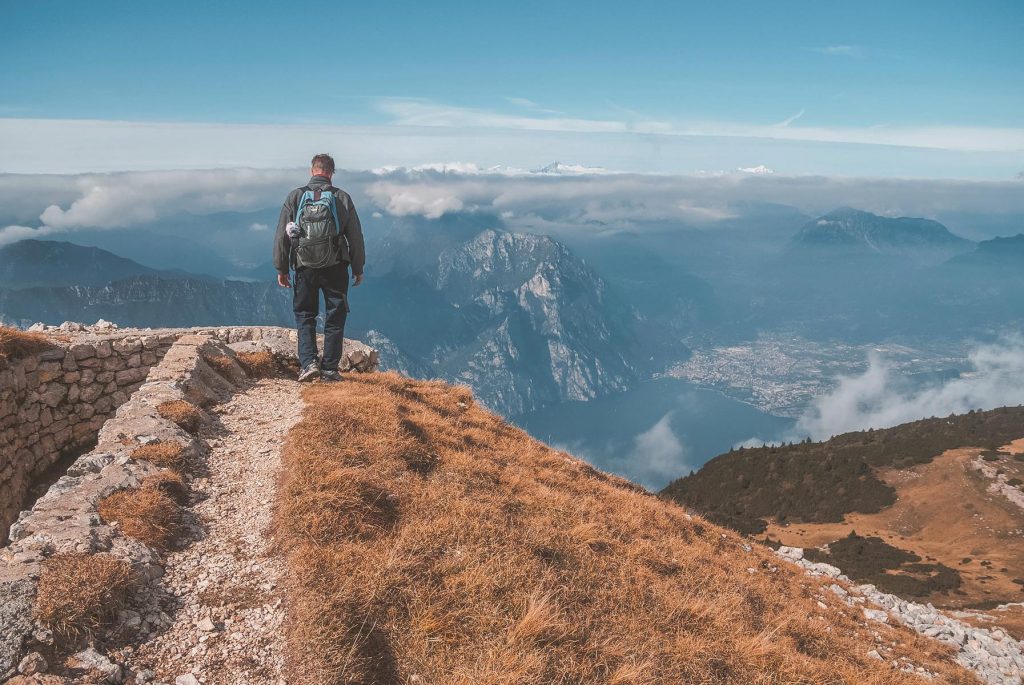
Participation in outdoor activities like running can have a positive impact on physical and mental health in the midst of a public health crisis. One of the most significant benefits of outdoor recreation is that it gives participants, who seek to manage and reduce stress in their daily lives, the ability to maintain good physical and mental health through workouts or exercises in the surrounding natural spaces. American Trail Running Association (ATRA), a nonprofit corporation based in Colorado, has revealed its RunRepeat study displaying that average athletes who typically worked out or played sports 1-2 times a week have increased their exercise by 88 percent. Although mountain, ultra-running and trail running are trendy leisure-time physical activities among runners, the level of interest in Fastest Known Time grows among trail enthusiasts who are eager to compete with others, chase a competitive goal and set a new record on trails through FKT.
“Many of our constituents in the trail running, mountain running, and ultra-trail running space are posting Fastest Known Times or going after FKTs as there aren’t as many trail races as in the past due to the restrictions from COVID-19,” Nancy Hobbs, executive director of the ATRA, said. “I believe the participation in trail running is increasing on a recreational level as well. More people are exploring the outdoors and this is a wonderful, healthy endeavor during the pandemic.”
As more people are eager to spend more time in nature, a recently formed organization of 650 nonprofits, outdoor businesses and land managers created Recreate Responsibly, an initiative aimed at providing appropriate health and safety practices for consumers. In efforts to advocate safety, this group shares how-to-stay-safe guidelines to individuals, families and communities.
“The outdoor industry understands why Americans are clamoring for the many health benefits for getting outside, and we are hard at work to ensure they can access the outdoors safely,” said Lise Aangeenbrug, executive director of OIA. “We strongly believe that ‘together we are a force’ should be the motto for protecting the outdoors, and it is great to see so many national groups come together to shape the conversation about responsible recreation during this public health crisis.”
Subsequently, the demand for outdoors equipment is exceptionally high, as more consumers are seeking a getaway from the pandemic and buying outdoor sports equipment for activities closer to home. As of June 2020, the NPD Group, a market research company, had seen a significant increase in year-over-year sales of leisure and recreational products, including bicycles (63%), paddle sports (56%), golf equipment (51%), camping gear (31%) and binoculars (22%).
Another outdoor sport that has thrived is fishing, which has drawn a host of people seeking to get active while being outdoors. In Minnesota, for example, the Minnesota Department of Natural Resources reported a 27 percent spike in fishing license sales in 2020, with 440,000 people buying licenses in time for the fishing season opener.
DIGITAL TRANSFORMATION OF TRADITIONAL SPORTS FITNESS INDUSTRY
While the virus has devastated the $194 billion fitness industry, exercise remains top priority for many.
Throughout 2020, gyms and fitness centers have been hit hard by the outbreak, which severely limited access to their facilities. To overcome the risk of patrons contacting the virus, companies sought innovative ways to keep their fitness businesses relevant by offering services where patrons can exercise through digital channels at home.
Instead of attending brick-and-mortar gyms, fitness businesses around the world provide workout classes online as an alternative for customers. To stay fit and physically active at home, some of the major fitness brands such as NordicTrack, Planet Fitness and Peloton offered customers the opportunity to take workout classes through a variety of online platforms like YouTube or Zoom.
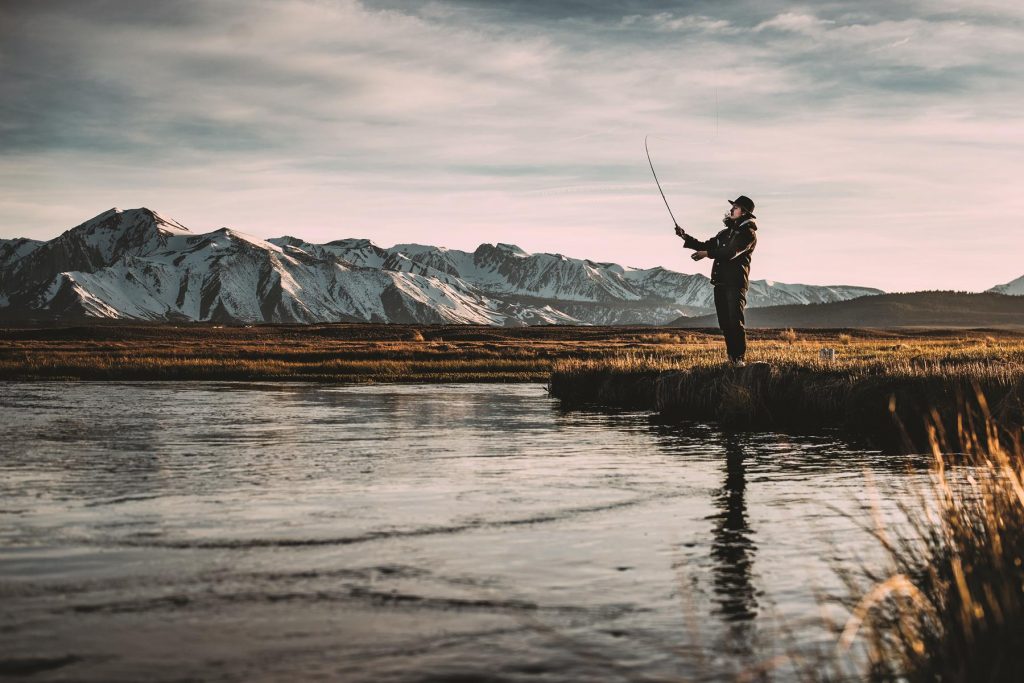
Consumer spending on at-home exercise equipment like stationary bikes and treadmills from several fitness companies has accelerated enormously. Peloton sales reportedly have leaped 232 percent to $757.9 million (compared to last year with $228 million) and possesses more than 1 million subscribers for streaming classes.
According to the data conducted by wellness technology platform Mindbody, 73 percent of participants who exercise daily use pre-recorded video compared to 17 percent in 2019 and 85 percent of those use livestream classes per week, compared to 7 percent of last year.
In addition to online classes, some clubs also offer outdoor fitness classes for those who do not plan to go back to gyms. As long as people wear masks and maintain more than 6 feet of social distance, fitness professionals designed creative and interactive workout ideas and programs that could tailor to participants’ needs or preferences, including Yoga, Zumba, High Intensity Interval Training (HIIT) or boot camp.
THE INDUSTRY WILL RECOVER
While indoor sports have certainly suffered in 2020, the pandemic has also shaped increased customer demand amid the shutdown of public spaces (such as gyms, facilities or arenas). Organizations have laid out key social-distancing and reopening strategies that will help resume operations and bring customers back to the new normal.
As dire as the pandemic has been for the industry, sports facilities are still being built (one such example is a $53 million indoor sports arena in downtown Spokane, Washington), which provides a beacon of light amid the darkness and shows that sports, regardless of the damage wrought by COVID-19, will go on.
by Jamaal Brown

